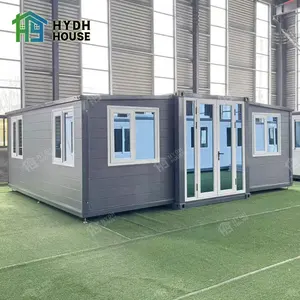Giới thiệu về log house ấn độ
Alibaba.com cung cấp các sản phẩm 484 log house ấn độ. Có rất nhiều log house ấn độ lựa chọn dành cho bạn, chẳng hạn như nhà, tự do mua sắm, và kho. Bạn cũng có thể chọn từ thép, bánh sandwich bảng điều khiển log house ấn độ. Cũng như từ thiết kế đồ họa, tổng số giải pháp cho các dự án, và chéo loại củng cố log house ấn độ.Và bất kể log house ấn độ là tại chỗ kiểm tra, phụ tùng miễn phí, hay trở lại và thay thế.














